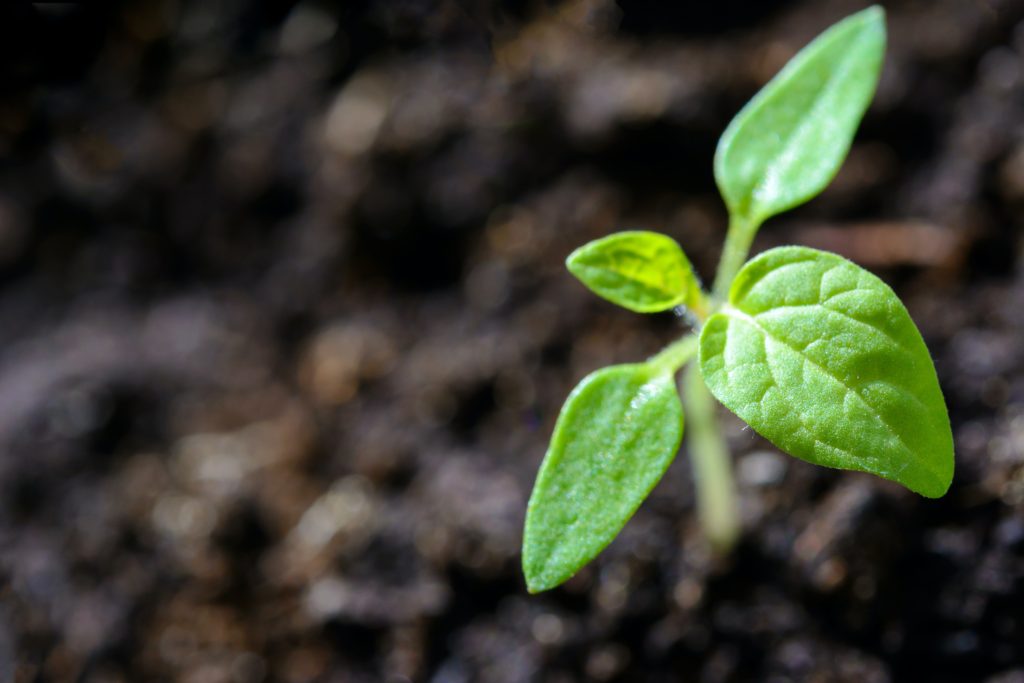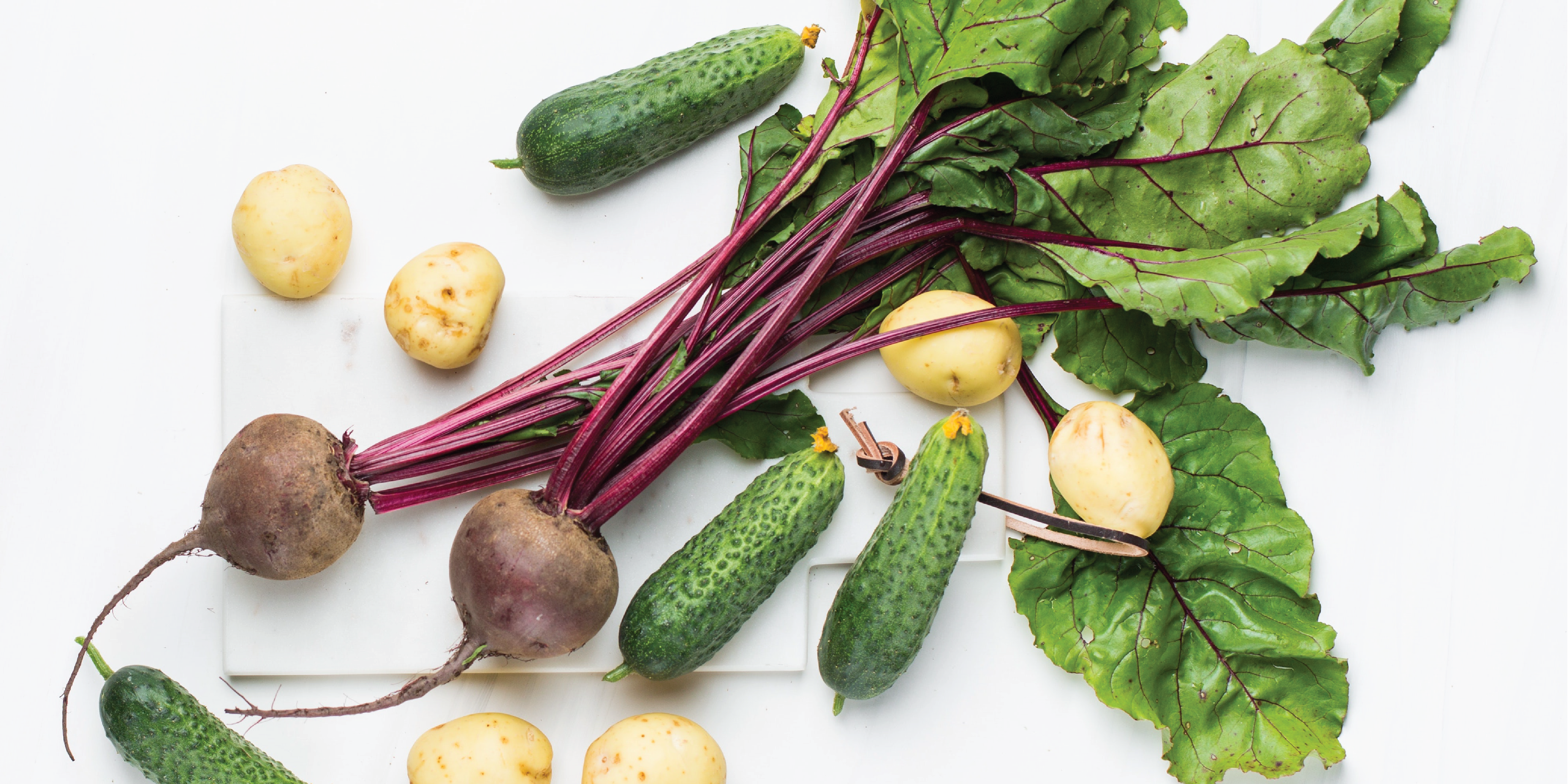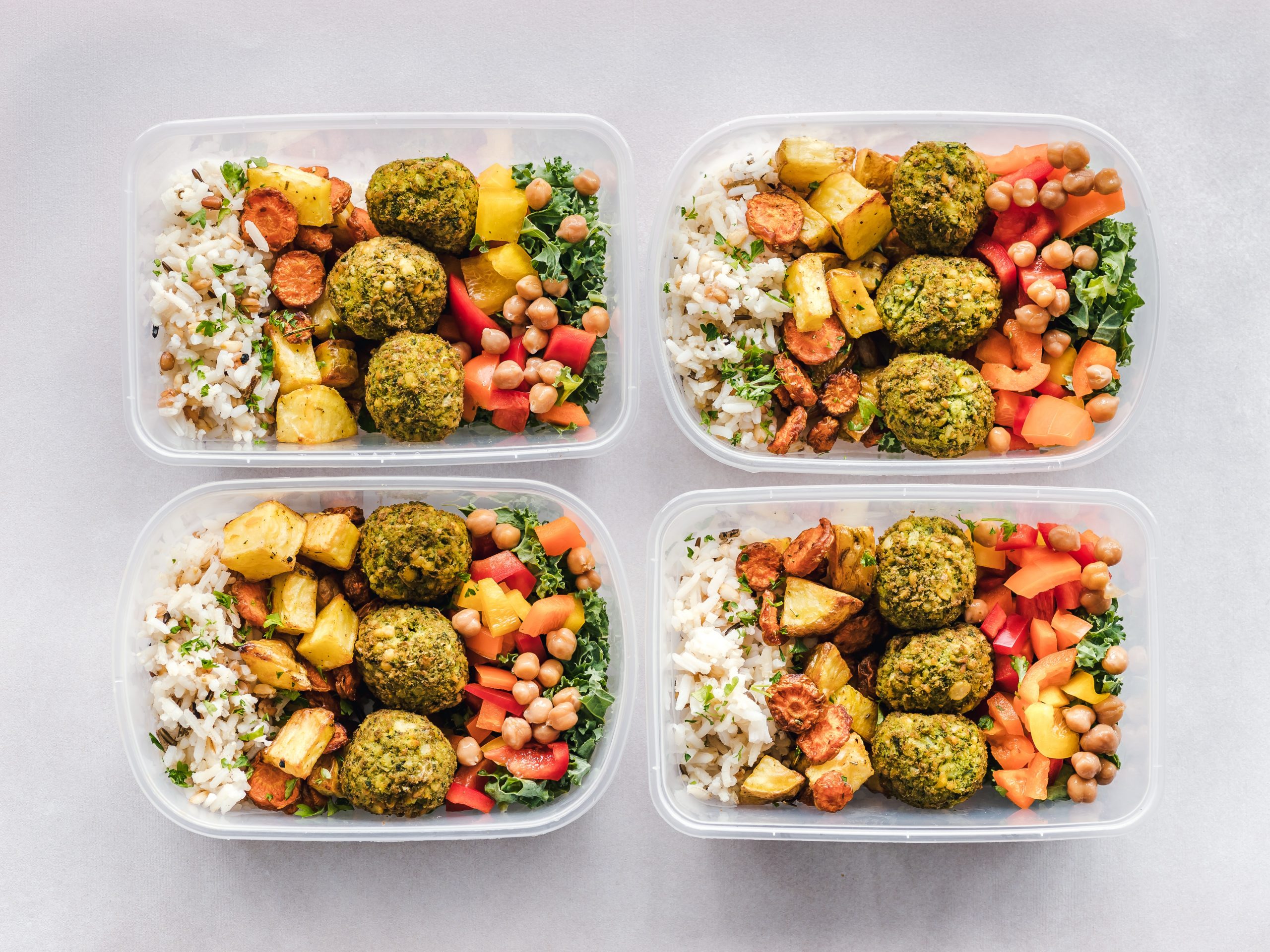Hello, everyone! I hope you are staying safe and well. Today’s post touches on a topic I’ve mentioned in previous posts (1,2,3) but I think deserves its own post: are greenhouses environmentally friendly? First, a quick history of greenhouses and how they work.
Greenhouses have become an essential part of our food systems, especially in Canada where seasonal weather prevents us from growing certain fruits and vegetables in the winter. With new emergency protocols for COVID-19 restricting activities within greenhouses, it is clear how deeply intertwined greenhouses are in our food system. Modern greenhouses came about in the 16th century, but the idea of growing plants in a controlled environment dates back to Roman times. While modern greenhouses bloomed in European countries, today there are many variations and techniques across the world for greenhouse agriculture.
How do greenhouses work?
The purpose of a greenhouse is to utilize heat and light to encourage plant growth without threat from external environmental factors like wind, snow or predators. Modern greenhouses are made of glass, plastic or fibreglass, which are excellent at allowing the sun’s rays (incoming solar radiation) to pass into the enclosed space, where the greenhouse’s infrastructure absorbs the radiation to heat the space. If anyone recalls from grade nine science, the greenhouse is an example of selective transmission! Greenhouses range in shape and size, from small, personal structures in backyards to large, public tourist destinations that are characteristic of some municipalities.
Greenhouses in Canada
Not surprisingly, greenhouses are very important to Canada’s agricultural sector, which is valued at $2.5 billion in the national economy. While greenhouses operate across the country, eastern provinces like Ontario and Quebec use Euro/North American-centric greenhouse strategies (plastic + glass) whereas western provinces (British Columbia) use Dutch strategies (glass). This is largely due to the different climatic and light conditions across Canada. Nationally, our largest greenhouse-grown crops are tomatoes, cucumbers, peppers and lettuce – you will recall from my What’s in Season: Spring Edition post that all four of these items are on there, most of which are available year-round because of greenhouses. Canada’s flower sector also flourishes (get it?) in greenhouses, with tulips, roses and gerberas being our top three crops.

benefits of greenhouses
food security
One of the most obvious benefits of greenhouses is that they promote food security. For communities with seasonal weather (like Canada), it can be very challenging to grow a large variety of foods year-round. Greenhouses allow you to grow produce in a controlled environment, so even if it’s -20°C outside you can still have fresh, healthy produce inside. This is especially important in communities that struggle to grow food outdoors even in the warmer months because the soil quality is poor, there isn’t enough sunlight, rain is scarce or other factors. For communities in Nunavut where conditions are known to be very poor for growing, greenhouses have been a way to provide locally grown food, rather than spending thirty dollars in the grocery store for grapes – seriously.
jobs
Again for places like Nunavut, the job market can be limited. In 2017 for instance, Nunavut’s unemployment rate was 17.7 percent versus the national rate of 5.7 in 2019. Even in Ontario, greenhouses provided more than 80,000 jobs in 2016. The more greenhouses there are feeding a community, the more jobs that are available because someone needs to tend to the plants and complete regular maintenance/quality checks of the greenhouse itself.
self-sovereignty
Self-sovereignty is when you have control or ownership over the things in your life – you have independence. For many communities without localized food systems, their need to import foods greatly reduces their sovereignty. They are subject to fluctuations in market prices, taxation, crop vulnerability and more. In contrast, by growing their own food they directly control what crops are available and avoid tricky market schemes. Sovereignty is important for communities to feel strong, connected and independent. Especially if they have struggled in the past to support themselves due to natural disasters, food insecurity, poverty, crime or a host of other reasons, promoting self-sovereignty through a localized food system is a step towards a brighter future.

drawbacks of greenhouses
Unfortunately, there are some drawbacks that should be considered when looking at the environmental impacts of greenhouses. While they may be able to provide abundant food supply year round, this is not without a cost.
energy demands
One of the great things about greenhouses is that they can provide food all year round, growing things day and night. However, to do this means greenhouses are also constantly sucking up energy. The energy requirements of greenhouses account for 50 percent of the total production costs. In Ontario, greenhouses use almost 1.4 terawatt-hours electricity each year; that’s equal to the electricity demands of 155,000 homes. Lighting is a significant energy-sucker in greenhouses, consuming 752,000 megawatt-hours in 2018 alone and making lit greenhouses require ten times more energy than unlit greenhouses.
Water usage
The great thing about a greenhouse is that even if you live in a drought-prone area your crops can thrive. As a result, a greenhouse can demand a lot of water to keep crops alive year-round. For instance, one study found the water demands to produce one kilogram of tomatoes ranges between 38 to 50 litres per kilogram. Considering the fact that Canadian farmers produced over 540 million kilograms of tomatoes in 2019 alone, that is A LOT of water being used. However, there are sustainable methods to irrigate and hydroponically grow crops in greenhouses. Instead of relying solely on municipal water supply that pumps from groundwater or water bodies, greenhouses can use rainwater catchment systems to provide some or all of their water needs (depending on the greenhouse size and climate). Other options include drain water retention (and of course sanitation) or drip irrigation. For interesting information on water usage for greenhouse crops in Canada, check out this resource.
infrastructure
When you think about what goes into building and maintaining a greenhouse, there’s a lot. Not only are the upfront costs high because of the materials and for hiring an expert to build a greenhouse, but ongoing costs can be steep as well because of the electrical, heating and water demands. For instance, 80 percent of energy used by greenhouses is used for maintaining the temperature of these very sensitive environments. To keep the greenhouse running smoothly, regular costly maintenance is needed. As for the materials to build a greenhouse, things like glass, metal, wires and more are resource-intensive to produce and maintain. The production and travel of these materials produce greenhouse gas emissions, contributing to global warming. Greenhouses take up space that could be used for other open farming activities and trap all their positive products inside (like the plants which create oxygen and absorb carbon dioxide). Nonetheless, there are innovations being made to make greenhouse structures more efficient and eco-friendly.

final thoughts
Overall, I do not believe you can definitely say that greenhouses are “good” or “bad” for the environment. As with anything, there are benefits and drawbacks. I do think that greenhouses offer many amazing benefits if handled properly that go beyond food production, such as the socio-cultural factors I discussed earlier.
What do you think: will greenhouses be the future for our farming industry? Let me know in the comments!
If you enjoyed this post, you will love these ones:
- Organic versus local foods: which are better?
- How to eat sustainably in the winter
- What is food insecurity?
- The truth about farmer’s markets
As always, thank you for reading. Until next time!






